Main Level Floor Plans For Good Morning
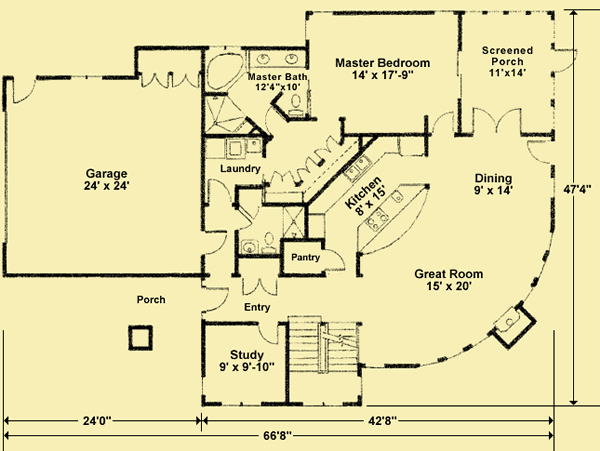
Upper Level Floor Plans For Good Morning
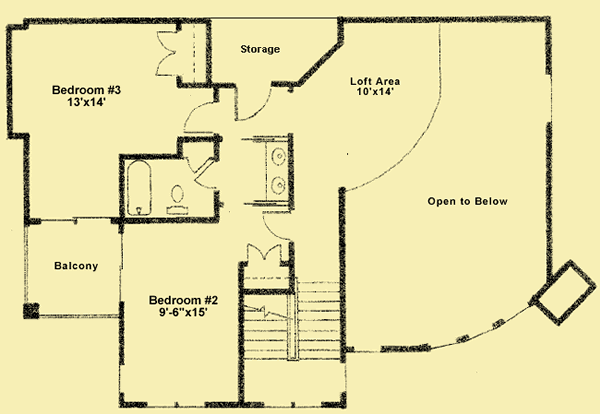
Floor Plans 1 For Good Morning

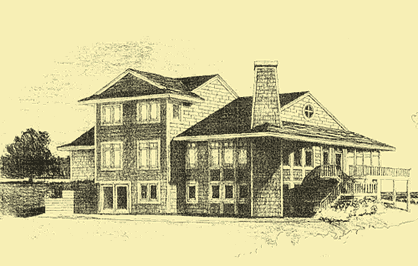
| Total Above-ground living area | 2340 |
| Main Level | 1587 |
| Upper Level | 753 |
| Lower level living area | 1587 |
| Footprint The dimensions shown are for the house only (indicating the smallest area needed to build). They do not include the garage, porches, or decks, unless they are an integral part of the design. |
47.333 W x 42.667 D |
| Above-ground bedrooms | 3 |
| Above-ground bathrooms | 3 |
| Master suite | Main |
| Lower-level bedrooms | 0 |
| Lower-level bathrooms | 0 |
| Stories | 2 |
| Parking | garage |
| Number of stalls | 2 |
| House height
Traditionally, the overall height of a house is determined by measuring from the top of the finished floor on the main level, to the highest peak of the roof.
|
28 |
| Ceiling heights Raising or lowering the height of the ceilings on one or more floors of a house is often a simple change that can be made by your builder. However, if you want to raise the ceiling of the main floor of a two-story home, there has to be room to add steps to the existing staircase. |
|
| Main level | 10 |
| Upper level | 8 |
| Vaulted ceilings
We consider a room to be vaulted if the ceiling - whether flat, angled, or curved - is above 10 feet at its highest point. If you prefer that one or more rooms not be vaulted in your new home, this is a very simple change that your builder can make for you.
KEY TO SYMBOLS: LR = Living Room/Great Room DR = Dining Room FAM = Family Room FOY = Foyer STU = Study/Library/Den KIT = Kitchen SUN = Sunroom MBR = Master Bedroom MB = Master Bath LOF = Loft OFF = Office/Guest Room REC = Recreation/Game Room ALL = Entire Level |
LR, DR |



The practical front entry and front facing garage give little hint of the fun and interesting architecture of this unique home. This house was clearly designed for a lot with great views to the rear and one side, and it features a unique kitchen placement with a sweeping 180–degree view!
The recessed covered entry opens to a foyer space that provides access to a coat closet, a full bath, and a 2–car garage on your left, and to a study and a stairway on your right. Straight ahead are the open living areas of the house.
The great room and dining room space features a curved outer wall filled with stacked picture windows. Centered among them is a large fireplace that visually anchors the wall. The ceiling in the great room rises to a dramatic 21′ in the center. One door in the dining area opens to a large rear deck, while another opens to a screened porch.
Open to these living spaces, and set at a diagonal to them, is the kitchen. A large center island includes both a range and a prep sink on top, and a raised eating/serving counter with a curved shape that matches the curved loft area above it.
A door between the kitchen and the dining area opens to the master bedroom. Like all the non–vaulted rooms on the main level, the bedroom features a ceiling set at a lofty 10′. Sliding glass doors on one side open to the screened porch, and a sliding door on the other side opens for convenient access to the toilet and sinks in the master bath area. A hallway that’s part of the master suite includes a row of closets, and access to both the bathroom and the laundry.
Upstairs, a curved loft area looks down to the living and dining areas, and out to the view through the upper windows. There are two additional bedrooms on this level that share both a full bath and a lovely balcony. The bathroom has a unique design that allows entry to the sink area from either side, and another door opens to a private bath and toilet. A pair of large skylights were installed above bedroom 3 to provide plenty of natural light.
The lower level of the home was designed as a potential walkout basement. The size and shape is about the same as the main level. Other than the mechanical room of the home, it is unfinished. Provisions have been made in the plans for the addition of another full bath, thus allowing for the possibility of a future guest bedroom or recreation area.
Other Versions Available
There is another version of this plan – Good Morning 2 – that is available on this website. For easy access to this other version, click on the architect’s name (in bold blue letters, on the left side of this page). Red links to each of his plans appear below his bio, in alphabetical order.
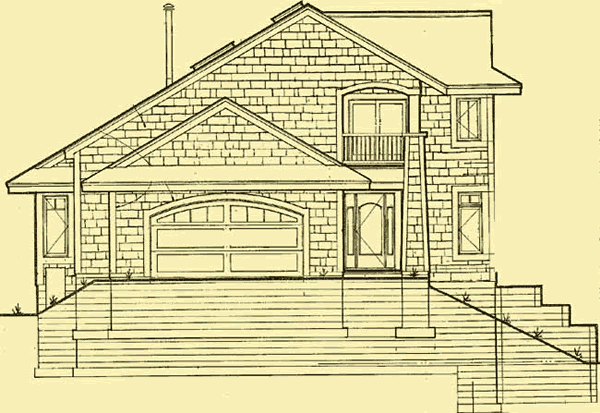
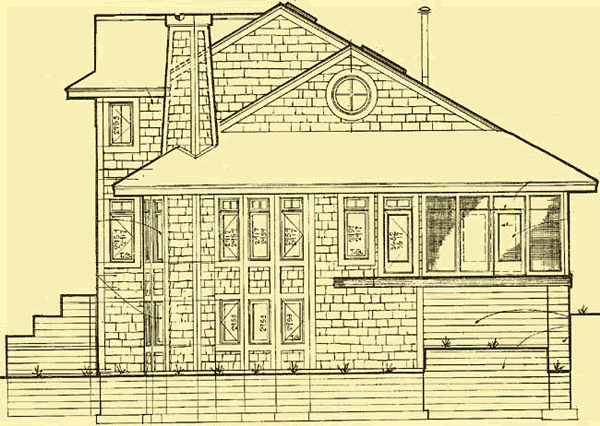
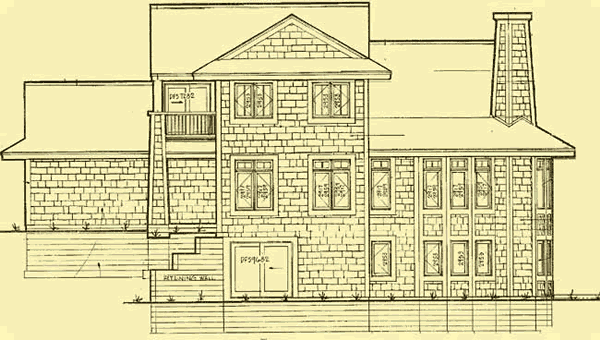
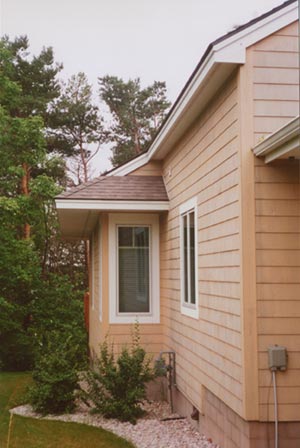

This house features a fantastic rear view through a curved outer wall that wraps around the living and dining areas. The ceiling in these spaces rises to a stunning 21 feet, and windows wrap around the upper portion of the curved wall as well. The unique kitchen sits at a 45–degree angle to the living spaces, and enjoys the same lower and upper panoramic view.
We highly recommend that you click on two boxes – the number of bedrooms you know you need, and one less bedroom. For example, if you need 4 bedrooms, click on the boxes next to 4 and next to 3. Otherwise you will not see homes where existing rooms on the lower, main, or upper levels might work perfectly well as a bedroom instead of as an office, study, etc.
